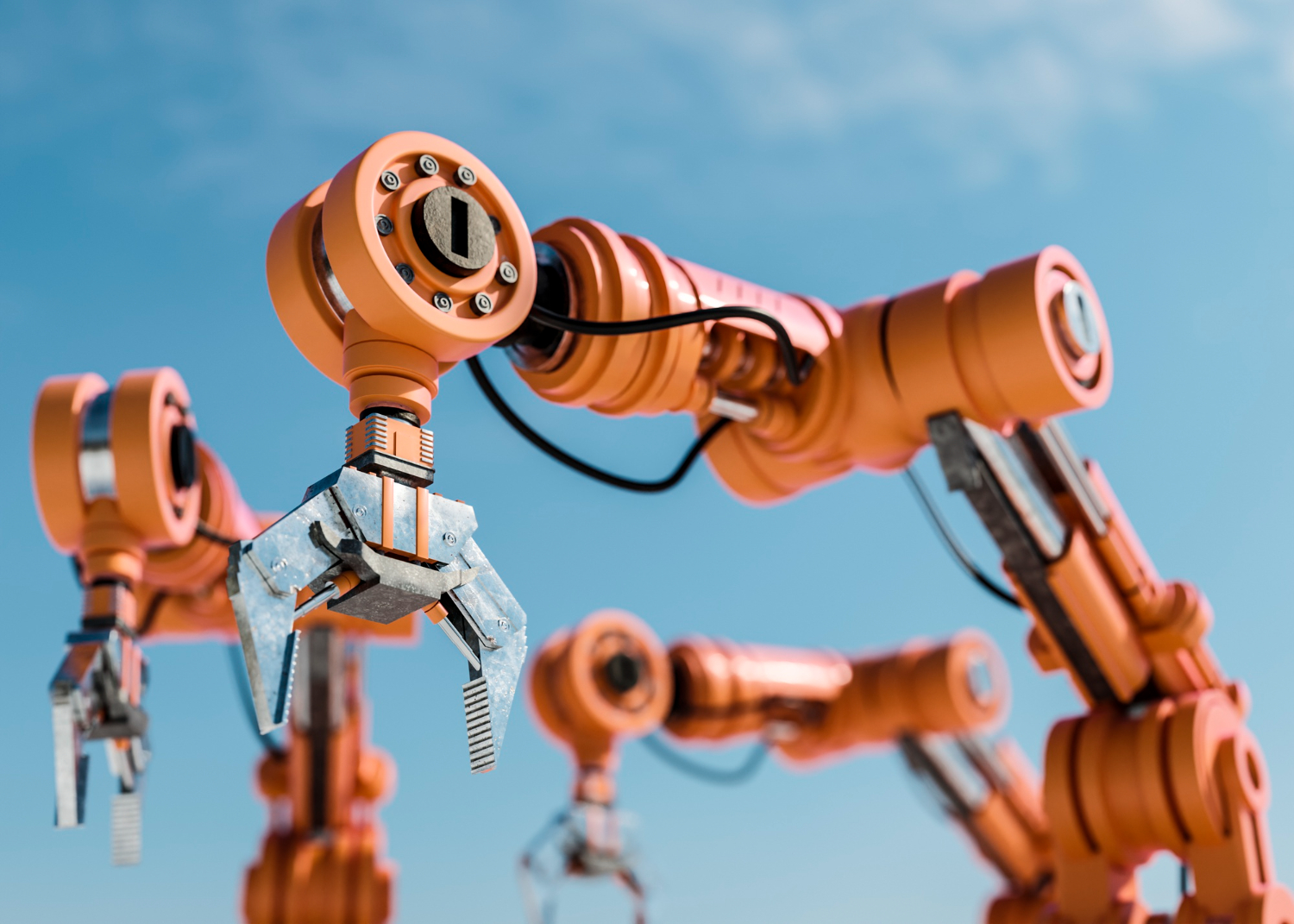
Technology advancement has permeated every aspect of earth, from air to land and sea. Most recognizable technological innovations are used on land and air, but scientists are now paying more attention to the ocean.
The ocean is the most defining physical feature of Earth. About 71 percent of the earth’s surface is covered with water, and 96.5 percent is contained within oceans.
Table of Contents
Role of the Ocean in human survival
Aside from serving as a means of transporting and recreational view, the ocean is home to different plants and animals. However, the land is home to most living biomass, while the largest animal biomass is found in the marine environment.
Unfortunately, there is a high disappearance of species in the ocean than the extinction rate on land.
The Ocean and climate change
The ocean and its organisms are crucial in stabilizing our world as they absorb one-third of the carbon dioxide humans have emitted since the industrial revolution.
Over 90 percent of international trade is facilitated by maritime transportation and logistics. The vessels used are powered by fossil fuels which produce carbon dioxide, a major pollutant.
In addition to this pollutant, non-biodegradable materials like plastic from land also find their way to the ocean, making up about 80 percent of marine debris.
This trash poses dangers to both humans and animals. Some marine animals, like fish, may become entangled in the debris and injure themselves. Others may mistake the items for food and consume them.
The ingested chemicals from the debris may find their way back to humans through food as the smaller organisms are eaten by bigger marine animals, which subsequently become food for humans.
Ways robotics can help save our ocean
Here are ways the rapid improvement in Ocean Robotics Technology can help save our marine environment in 2023 and beyond:
Marine area protection
According to the World Economic Forum, only 8 percent of the world’s oceans are protected. Meanwhile, UN experts have warned that the number needs to improve to mitigate the dangers of climate change.
Marine protected areas are similar to national parks or conservation areas on land. They are expected to preserve specific marine organisms to maintain a balanced ecosystem and prevent them from going into extinction.
The 30 by 30 Ocean campaign seeks to protect about 30 percent of the world’s oceans by 2030. This target still looks far-fetched, considering the progress made so far. However, robotics offers the potential to make the goal a reality.
One of the global problems to the marine ecosystem is illegal fishing; tackling it will require employing a lot of marine park rangers and deploying sophisticated navigation equipment. Many countries do not have the budget for such endeavors.
Ocean robotics has been discovered to help achieve this with ease and a lower budget.
These technologies include sensors, drones, robots, and artificial intelligence that can monitor an area 24/7 while feeding back real-time information.
Ocean cleaning
According to a UN report, at least 85 percent of total marine waste is made up of plastic, predicted to triple by 2040, adding 23-37 million metric tons of waste into the ocean annually.
Biofencing is one of the effective ways plastic from land is captured before entering the deep sea. Unfortunately, not all waste can be captured by this method.
An aqua drone called WasteShark is designed to wander urban waters collecting waste. Like a shark, it consumes any debris that crosses its path. For the safety of marine life, it moves slowly to afford them enough time to move out of its way.
The robot then returns to shore, where the collected waste can be sorted and recycled.
Also, to reduce carbon emissions, WasteShark is powered by rechargeable electric batteries. It can swim up to 10 hours after full recharge and collect over 1,000 pounds of waste daily.
Underwater inspection
Deep sea infrastructures such as offshore oil and gas production and undersea cables can be tough to inspect and maintain due to accessibility.
For instance, SCUBA divers working at extreme depths have less than 15 minutes to complete complicated tasks. During this period, they are prone to experience sicknesses such as extreme fatigue and nitrogen narcosis. They also have a depth limit they are allowed for their safety.
Robots, on the other hand, do not need to breathe underwater, and they can be trained to handle complex tasks more meticulously than humans.
Nauticus, a spinoff of the National Aeronautics and Space Administration (NASA), has replicated space robotics engineering in designing a robot, Aquanaut, to explore and undertake sub-sea tasks. The team claimed the robot could handle underwater equipment inspection and maintenance.


